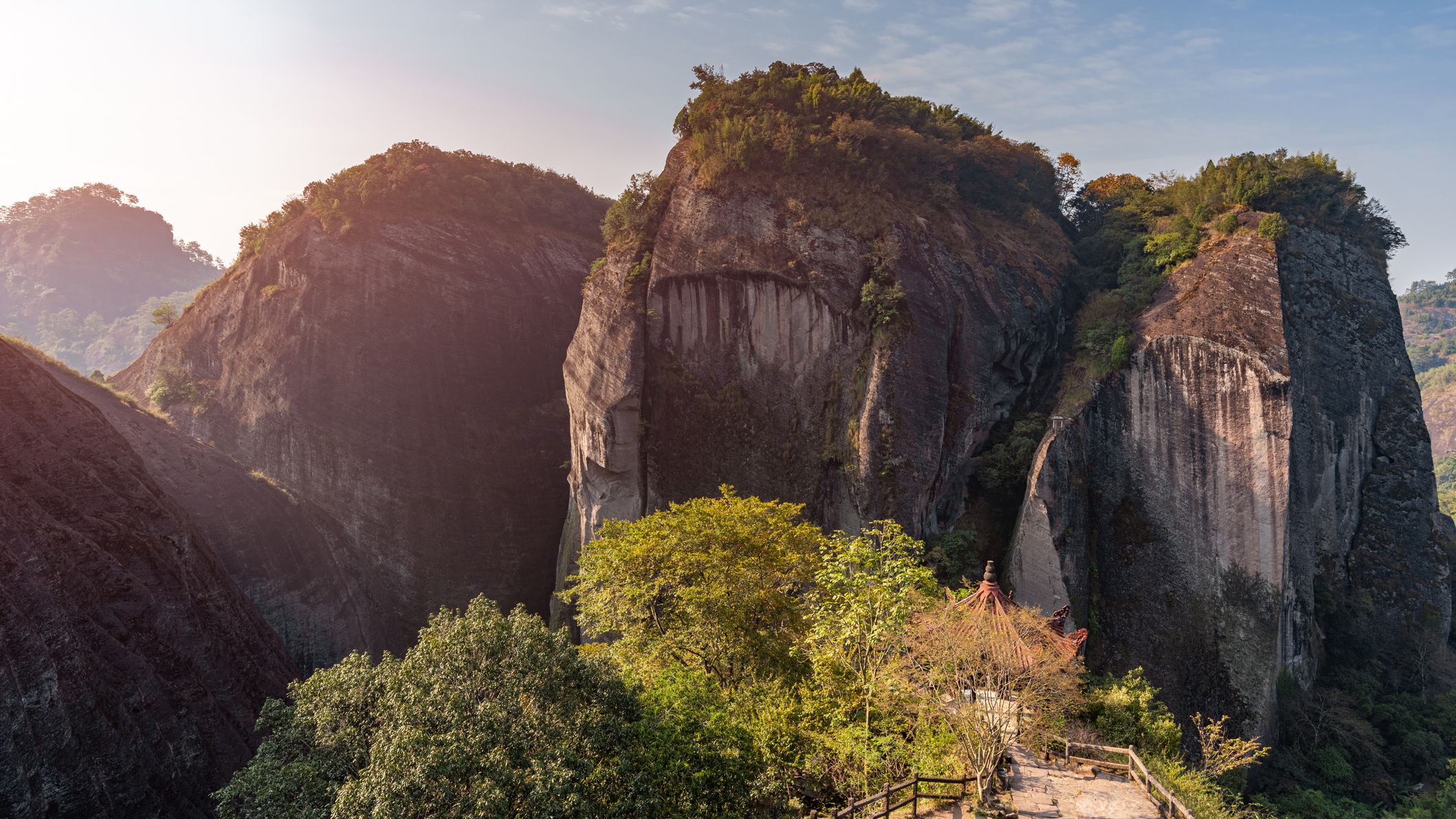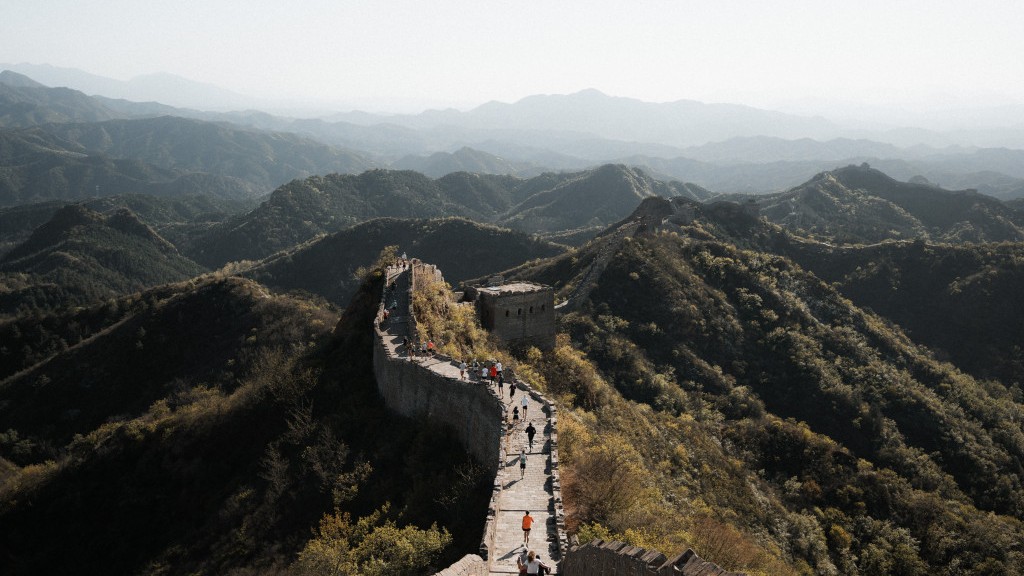
China is striving to establish the world's most extensive national park system by 2035, overtaking the US in the process.
The country only established its first batch of five national parks in 2021, yet it has designated a further 49 candidate areas for development. These cover a staggering 680,000 square miles, over half the size of India.
Around 70% of the land being considered is located on the immense Tibetan Plateau, the highest plateau in the world. This is the vast plateau, often referred to as 'the Roof of the World' to the north of the mighty Himalayas, the world's highest mountain range.
Integrating cultural vitality with ecological stewardship

In a statement release earlier this summer, the government points out the clear benefits for biodiversity in protected spaces like national parks. It highlights the births of 20 Siberian tiger cubs and 15 Amur leopard cubs in the Northeast China Tiger and Leopard National Park just last year. To put this into context, there was thought to be only 12 wild Siberian tigers left in China as recently as 1998.
China is one of the most biodiverse countries on the planet, with its huge range of landscapes and habitats. Moves to safeguard its natural riches should be good news for all of us.
However, National Geographic reported the benefits an expanded national park system would have on the nation's nature-based tourism too. Mei Zhang, CEO of tour company Wild China, believes that China has learned lessons from "significant missteps" made by the US, such as "enclosing land and forcefully displacing Indigenous communities to create an image of 'pristine' wilderness".
By fostering both local communities and the natural conservation, he claims that "China can create a national park system that integrates cultural vitality with ecological stewardship".
This all comes as outdoor pursuits continue to grow in popularity among Chinese people. In recent years, trail running has seen a boom, with UTMB expanding its World Series races in the nation from three to five.







